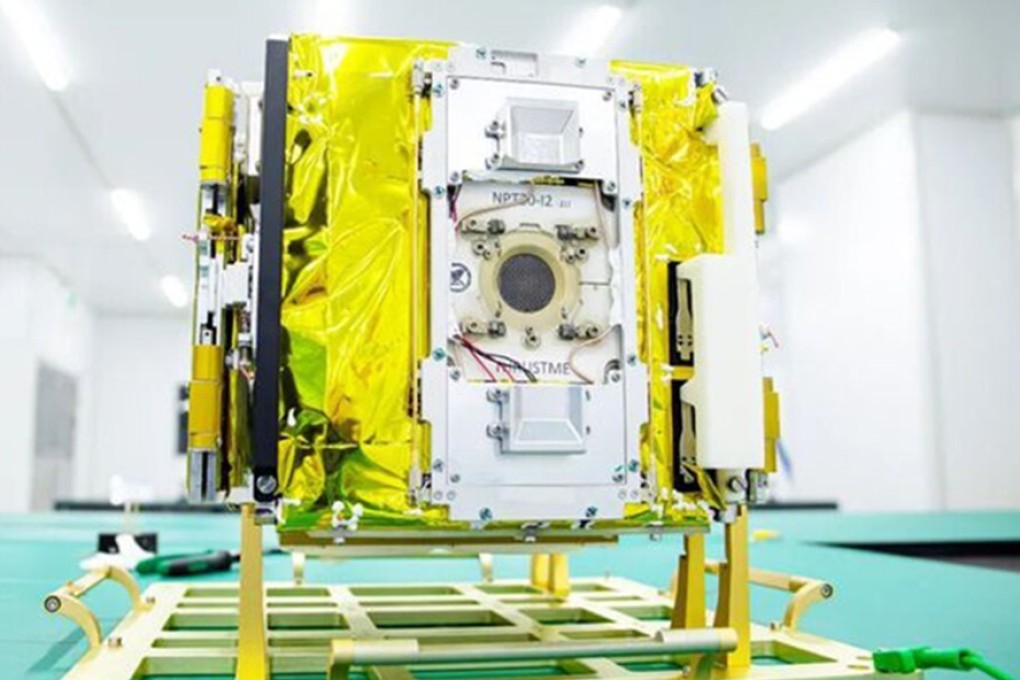China tests superfast aircraft-tracking satellite that could prevent another MH370 tragedy
- The Beihang Kongshi 1 satellite can update the status of an aircraft every eight seconds, about twice as fast as American technology
- Still at an experimental stage, the technology could lead to a global tracking system enabling airlines to locate a plane from space

Launched last November, Beihang Kongshi 1’s new radio surveillance technology and hardware, some of it being used in space for the first time, achieved results that suggested it worked “quite well”, according to the report.
The project is still at an experimental stage, but could lead to a global tracking system involving “hundreds of satellites”, the report said. That would enable airlines to quickly locate a plane even if it lost contact.

03:43
Five years on, families of missing MH370 passengers still seek answers
Ground traffic controllers lost contact with Malaysia Airlines Flight 370 from Kuala Lumpur to Beijing on March 8, 2014. Years of efforts failed to find the plane, which had 227 passengers and 12 crew members on board. After the tragedy, there was an increase in interest in tracking air traffic from above the sky.